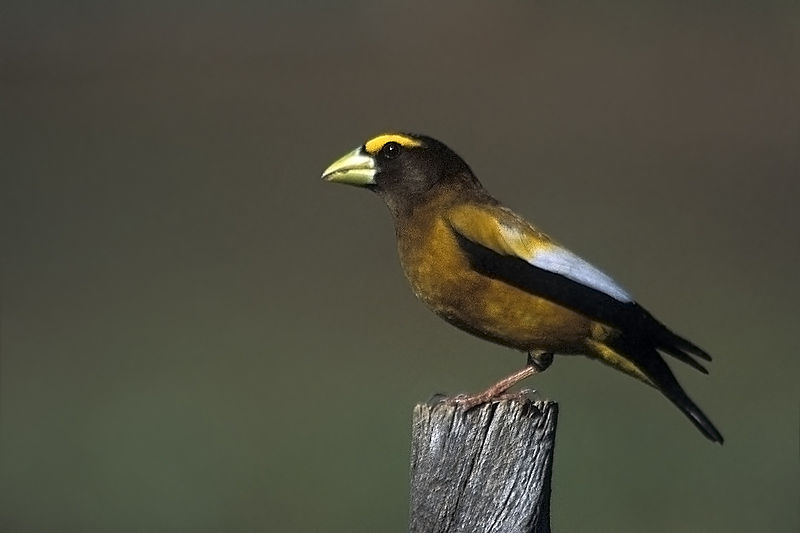
This mid-week Wild Fact is for my Dad who was watching the birds yesterday and suggested I write a fact on the Evening Grosbeak. I am not going to lie, birds are not my favourite Wild Fact topic but I personally think the Evening Grosbeak is a pretty cool bird. Besides, how can I say no to my Dad, right? Typically we can find this bird throughout the coniferous and mixed forests of Canada, United States and Mexico. So pick your spot and pack your bags because we are about to do a little bird-watching.
The Evening Grosbeak are a type of finch and as a result have a plump and sturdy body. They are about the size of an American Robin but the most obvious feature of the Evening Grosbeak are definitely their bright colours. Apparently the male doesn’t have any confidence issues with their bright yellow feathers which is complimented nicely by their black tail and wing feathers. To complete the ensemble the males have a nice white shoulder patch. The females on the other hand have a silver-gray body with pale yellow sides and rump. Like with most birds, the females are not as flashy as their male companions.

Before we continue I want you to think about how you eat sunflower seeds. You know, those BBQ or Dill Pickle flavoured ones that are perfect for entertaining yourself while you play baseball. Have you pictured yourself happily chomping away on these seeds? Now it is time to learn how a professional sunflower seed eater does it. The Evening Grosbeak will carefully roll the sunflower seed over and over again in their mouth until it is sitting perfectly along the sharp edge of their beak. Once they are happy with the position they will slice through the shell with their beak and eat the wonderful food inside. At this point the shell gets discarded and the bird is ready for round two. I guess it really isn’t much different then how we do it. I had just assumed they ate the shell and all, like I did when I was a kid.
I guess this is a good place to end today’s Wild Fact on the Evening Grosbeak. Make sure you tune in tomorrow for some more exciting animal facts.

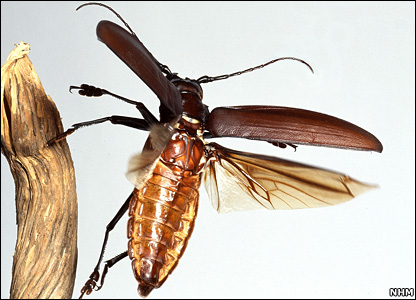
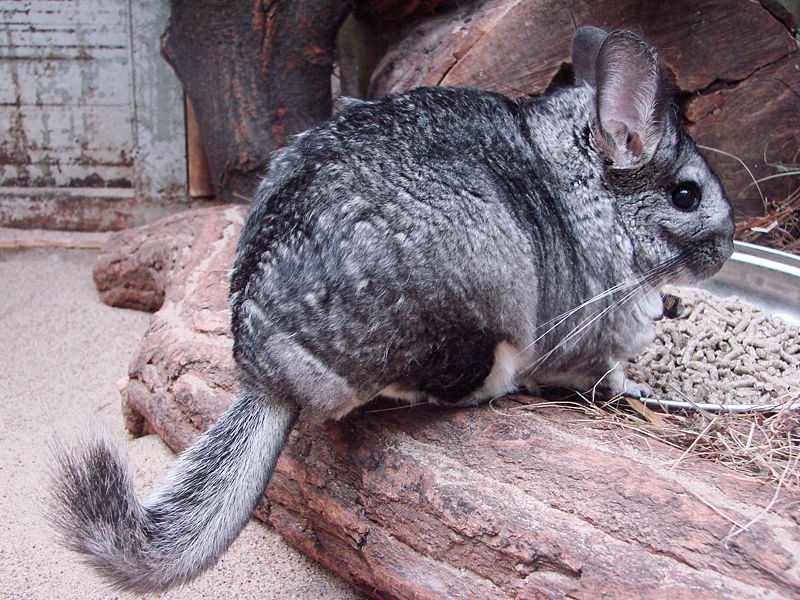
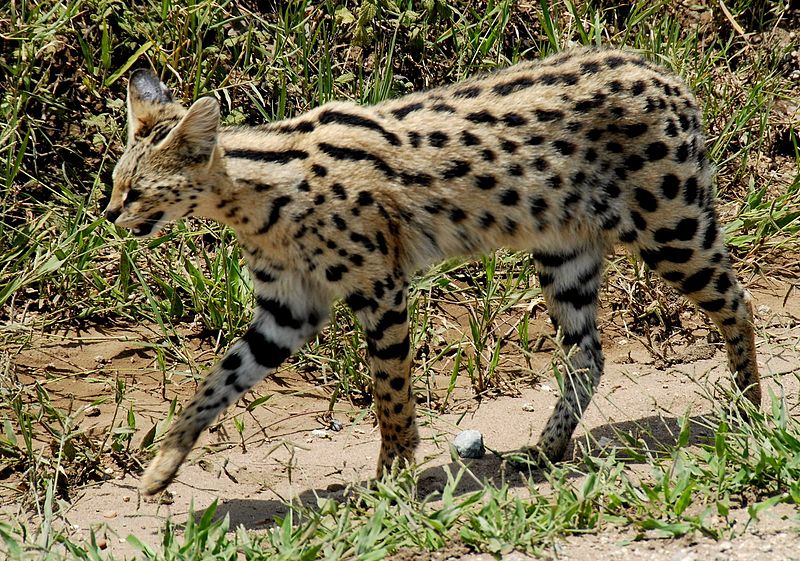
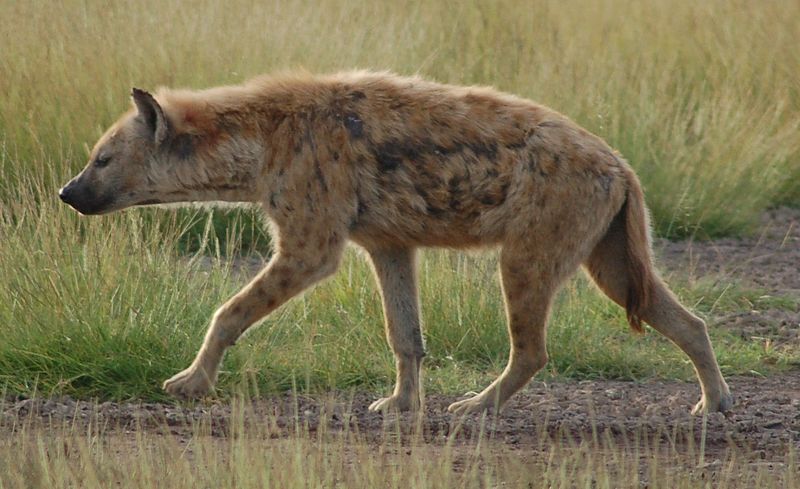
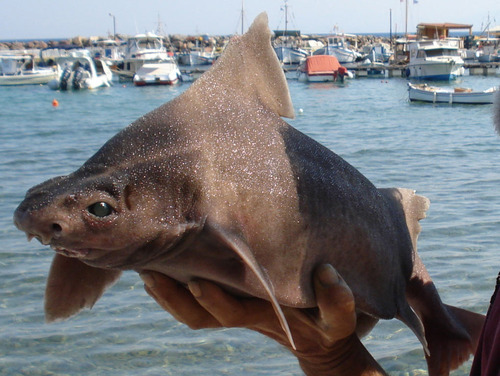
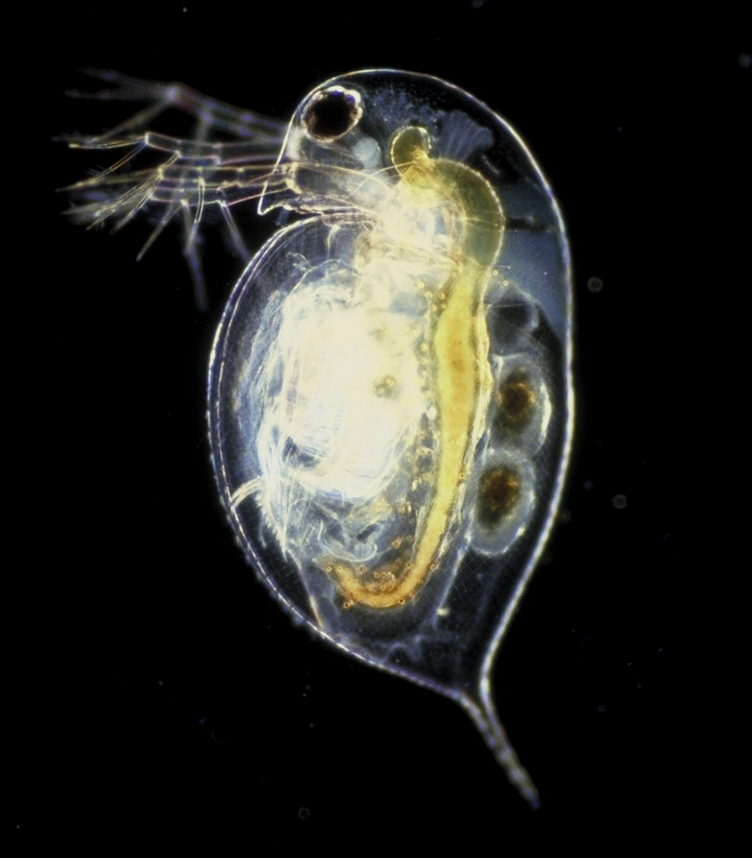
I had a wonderful experience with 2 young birds that came to visit my bird feeder which sits on a post at the corner of my deck. I had no idea what kind of birds they were at the time. Shortly later a full grown mail cardinal came to the feeder and proceeded to
feed both of the other birds with seed from my feeder. The two younger birds don’t look like cardinals at all and the only thing I can think is that they are grosbeaks. They were both light brown in color with light stripes of white or gray on the breast. They did not have any cap at all like the cardinal has. Their beaks were not like the cardinal and were more black in color. Their size was about that of a robin or a little smaller. If I sent you pictures of them could you help me identify them and also acknowledge that a cardinal will feed other birds other than their own young. Very puzzled in Wisconsin.
Thank you.